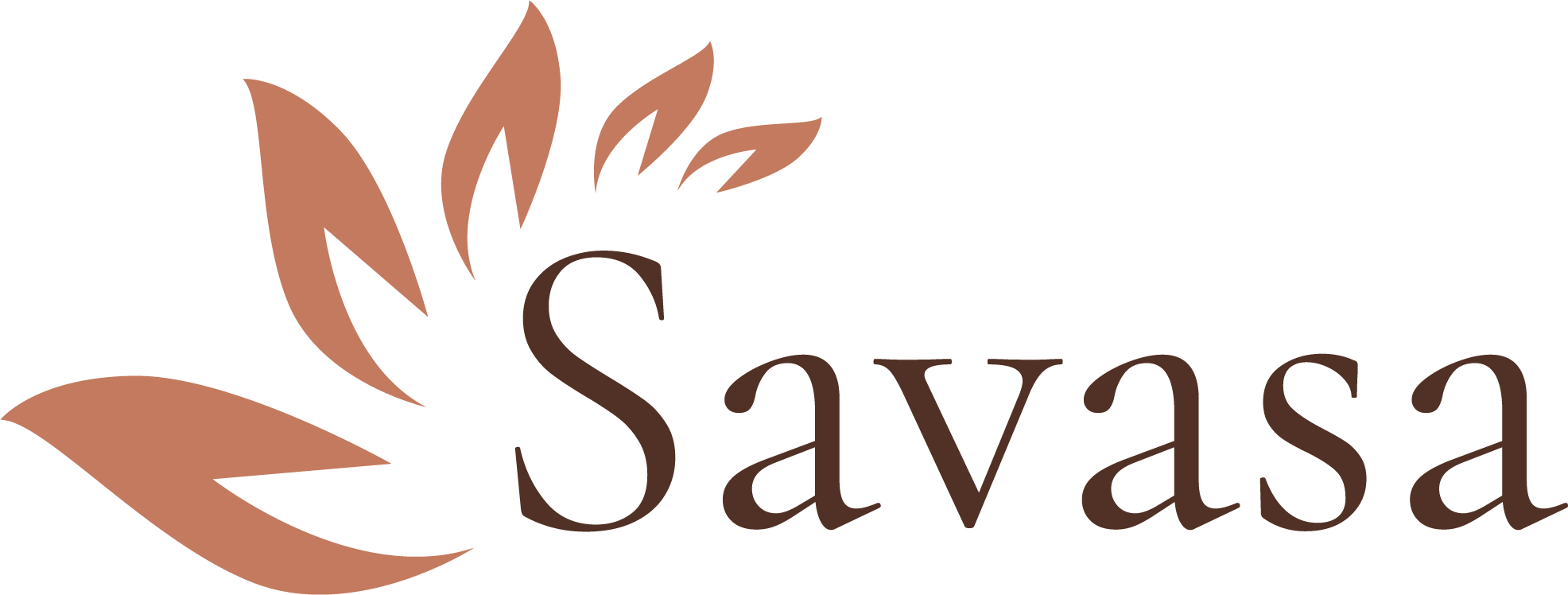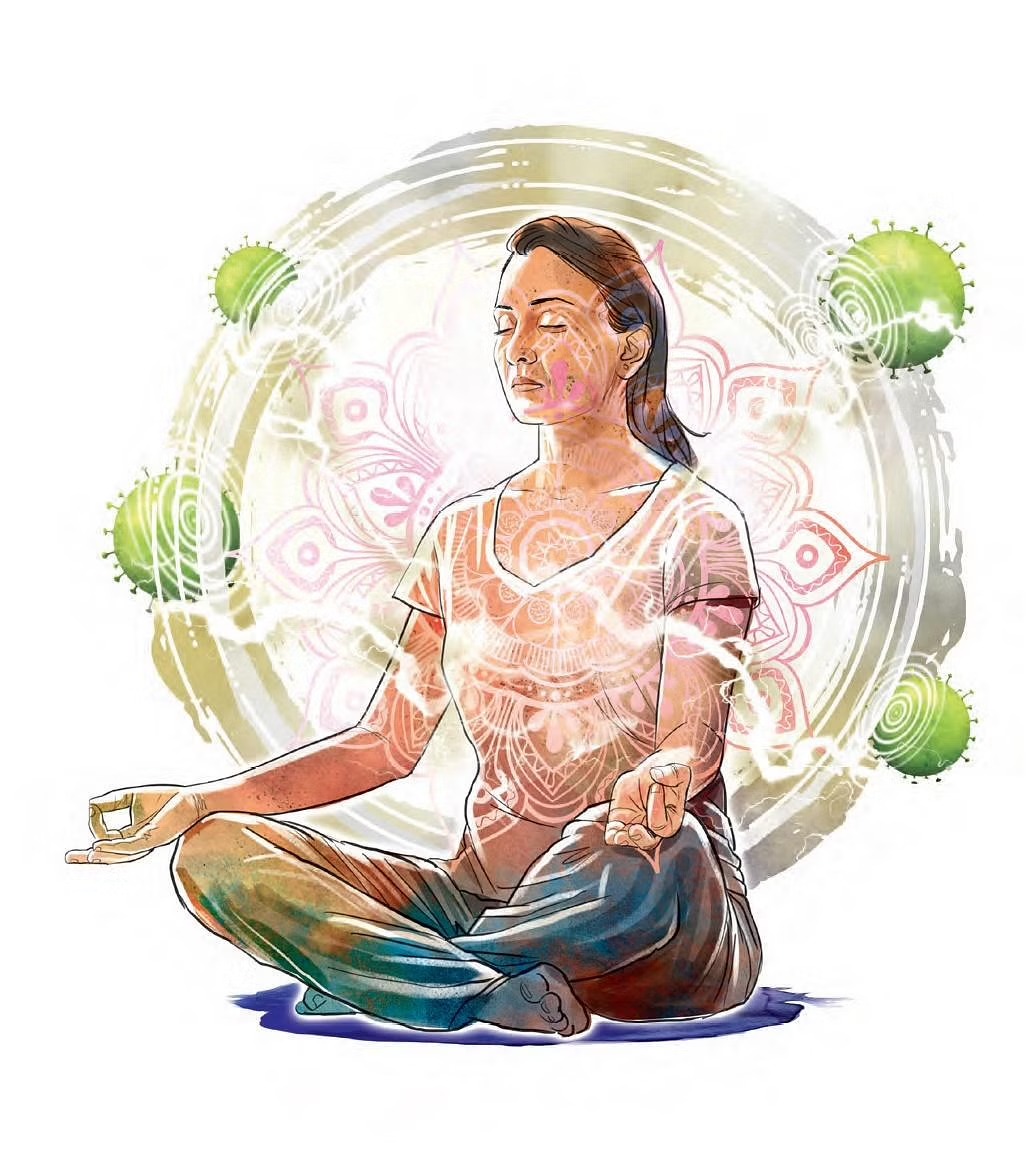Meditation can wipe away the day’s stress, bringing with it inner peace. See how you can easily learn to practice meditation whenever you need it most.
If stress has you anxious, tense and worried, consider trying meditation. Spending even a few minutes in meditation can help restore your calm and inner peace.
Anyone can practice meditation. It’s simple and inexpensive. And it doesn’t require any special equipment.
And you can practice meditation wherever you are — whether you’re out for a walk, riding the bus, waiting at the doctor’s office or even in the middle of a difficult business meeting.
Meditation has been practiced for thousands of years. Meditation originally was meant to help deepen understanding of the sacred and mystical forces of life. These days, meditation is commonly used for relaxation and stress reduction.
Meditation is considered a type of mind-body complementary medicine. Meditation can produce a deep state of relaxation and a tranquil mind.
During meditation, you focus your attention and eliminate the stream of jumbled thoughts that may be crowding your mind and causing stress. This process may result in enhanced physical and emotional well-being.
Meditation can give you a sense of calm, peace and balance that can benefit both your emotional well-being and your overall health. You can also use it to relax and cope with stress by refocusing your attention on something calming. Meditation can help you learn to stay centered and keep inner peace.
And these benefits don’t end when your meditation session ends. Meditation can help carry you more calmly through your day. And meditation may help you manage symptoms of certain medical conditions.
Meditation and emotional and physical well-being
When you meditate, you may clear away the information overload that builds up every day and contributes to your stress.
The emotional and physical benefits of meditation can include:
- Gaining a new perspective on stressful situations
- Building skills to manage your stress
- Increasing self-awareness
- Focusing on the present
- Reducing negative emotions
- Increasing imagination and creativity
- Increasing patience and tolerance
- Lowering resting heart rate
- Lowering resting blood pressure
- Improving sleep quality
Meditation and illness
Meditation might also be useful if you have a medical condition, especially one that may be worsened by stress.
While a growing body of scientific research supports the health benefits of meditation, some researchers believe it’s not yet possible to draw conclusions about the possible benefits of meditation.
With that in mind, some research suggests that meditation may help people manage symptoms of conditions such as:
- Anxiety
- Asthma
- Cancer
- Chronic pain
- Depression
- Heart disease
- High blood pressure
- Irritable bowel syndrome
- Sleep problems
- Tension headaches
Be sure to talk to your health care provider about the pros and cons of using meditation if you have any of these conditions or other health problems. In some rare cases, meditation might worsen symptoms associated with certain mental health conditions.
Meditation isn’t a replacement for traditional medical treatment. But it may be a useful addition to your other treatment.
Meditation is an umbrella term for the many ways to achieve a relaxed state of being. There are many types of meditation and relaxation techniques that have meditation components. All share the same goal of achieving inner peace.
Ways to meditate can include:
-
Guided meditation. Sometimes called guided imagery or visualization, with this method of meditation you form mental images of places or situations you find relaxing.
You try to use as many senses as possible, such as smells, sights, sounds and textures. You may be led through this process by a guide or teacher.
- Mantra meditation. In this type of meditation, you silently repeat a calming word, thought or phrase to prevent distracting thoughts.
-
Mindfulness meditation. This type of meditation is based on being mindful, or having an increased awareness and acceptance of living in the present moment.
In mindfulness meditation, you broaden your conscious awareness. You focus on what you experience during meditation, such as the flow of your breath. You can observe your thoughts and emotions. But let them pass without judgment.
- Qi gong. This practice generally combines meditation, relaxation, physical movement and breathing exercises to restore and maintain balance. Qi gong (CHEE-gung) is part of traditional Chinese medicine.
- Tai chi. This is a form of gentle Chinese martial arts training. In tai chi (TIE-CHEE), you perform a self-paced series of postures or movements in a slow, graceful manner while practicing deep breathing.
-
Transcendental meditation. Transcendental meditation is a simple, natural technique. In this form of meditation, you silently repeat a personally assigned mantra, such as a word, sound or phrase, in a specific way.
This form of meditation may allow your body to settle into a state of profound rest and relaxation and your mind to achieve a state of inner peace, without needing to use concentration or effort.
- Yoga. You perform a series of postures and controlled breathing exercises to promote a more flexible body and a calm mind. As you move through poses that require balance and concentration, you’re encouraged to focus less on your busy day and more on the moment.
Different types of meditation may include different features to help you meditate. These may vary depending on whose guidance you follow or who’s teaching a class. Some of the most common features in meditation include:
-
Focused attention. Focusing your attention is generally one of the most important elements of meditation.
Focusing your attention is what helps free your mind from the many distractions that cause stress and worry. You can focus your attention on such things as a specific object, an image, a mantra, or even your breathing.
- Relaxed breathing. This technique involves deep, even-paced breathing using the diaphragm muscle to expand your lungs. The purpose is to slow your breathing, take in more oxygen, and reduce the use of shoulder, neck and upper chest muscles while breathing so that you breathe more efficiently.
-
A quiet setting. If you’re a beginner, practicing meditation may be easier if you’re in a quiet spot with few distractions, including no television, radios or cellphones.
As you get more skilled at meditation, you may be able to do it anywhere, especially in high-stress situations where you benefit the most from meditation, such as a traffic jam, a stressful work meeting or a long line at the grocery store.
- A comfortable position. You can practice meditation whether you’re sitting, lying down, walking, or in other positions or activities. Just try to be comfortable so that you can get the most out of your meditation. Aim to keep good posture during meditation.
- Open attitude. Let thoughts pass through your mind without judgment.
Don’t let the thought of meditating the “right” way add to your stress. If you choose to, you can attend special meditation centers or group classes led by trained instructors. But you can also practice meditation easily on your own. Or you may find apps to use, too.
And you can make meditation as formal or informal as you like, however it suits your lifestyle and situation. Some people build meditation into their daily routine. For example, they may start and end each day with an hour of meditation. But all you really need is a few minutes of quality time for meditation.
Here are some ways you can practice meditation on your own, whenever you choose:
-
-
Breathe deeply. This technique is good for beginners because breathing is a natural function.
-
Focus all your attention on your breathing. Concentrate on feeling and listening as you inhale and exhale through your nostrils. Breathe deeply and slowly. When your attention wanders, gently return your focus to your breathing.
-
Scan your body. When using this technique, focus attention on different parts of your body. Become aware of your body’s various sensations, whether that’s pain, tension, warmth or relaxation.
Combine body scanning with breathing exercises and imagine breathing heat or relaxation into and out of different parts of your body.
- Repeat a mantra. You can create your own mantra, whether it’s religious or secular. Examples of religious mantras include the Jesus Prayer in the Christian tradition, the holy name of God in Judaism, or the om mantra of Hinduism, Buddhism and other Eastern religions.
-
Walk and meditate. Combining a walk with meditation is an efficient and healthy way to relax. You can use this technique anywhere you’re walking, such as in a tranquil forest, on a city sidewalk or at the mall.
When you use this method, slow down your walking pace so that you can focus on each movement of your legs or feet. Don’t focus on a particular destination. Concentrate on your legs and feet, repeating action words in your mind such as “lifting,” “moving” and “placing” as you lift each foot, move your leg forward and place your foot on the ground. Focus on the sights, sounds and smells around you.
-
Engage in prayer. Prayer is the best known and most widely practiced example of meditation. Spoken and written prayers are found in most faith traditions.
You can pray using your own words or read prayers written by others. Check the self-help section of your local bookstore for examples. Talk with your rabbi, priest, pastor or other spiritual leader about possible resources.
-
Read and reflect. Many people report that they benefit from reading poems or sacred texts, and taking a few moments to quietly reflect on their meaning.
You can also listen to sacred music, spoken words, or any music you find relaxing or inspiring. You may want to write your reflections in a journal or discuss them with a friend or spiritual leader.
- Focus your love and kindness. In this type of meditation, you think of others with feelings of love, compassion and kindness. This can help increase how connected you feel to others.
Don’t judge your meditation skills, which may only increase your stress. Meditation takes practice.
Keep in mind, for instance, that it’s common for your mind to wander during meditation, no matter how long you’ve been practicing meditation. If you’re meditating to calm your mind and your attention wanders, slowly return to the object, sensation or movement you’re focusing on.
Experiment, and you’ll likely find out what types of meditation work best for you and what you enjoy doing. Adapt meditation to your needs at the moment. Remember, there’s no right way or wrong way to meditate. What matters is that meditation helps you reduce your stress and feel better overall.



Hi, this is a comment.
To get started with moderating, editing, and deleting comments, please visit the Comments screen in the dashboard.
Commenter avatars come from Gravatar.